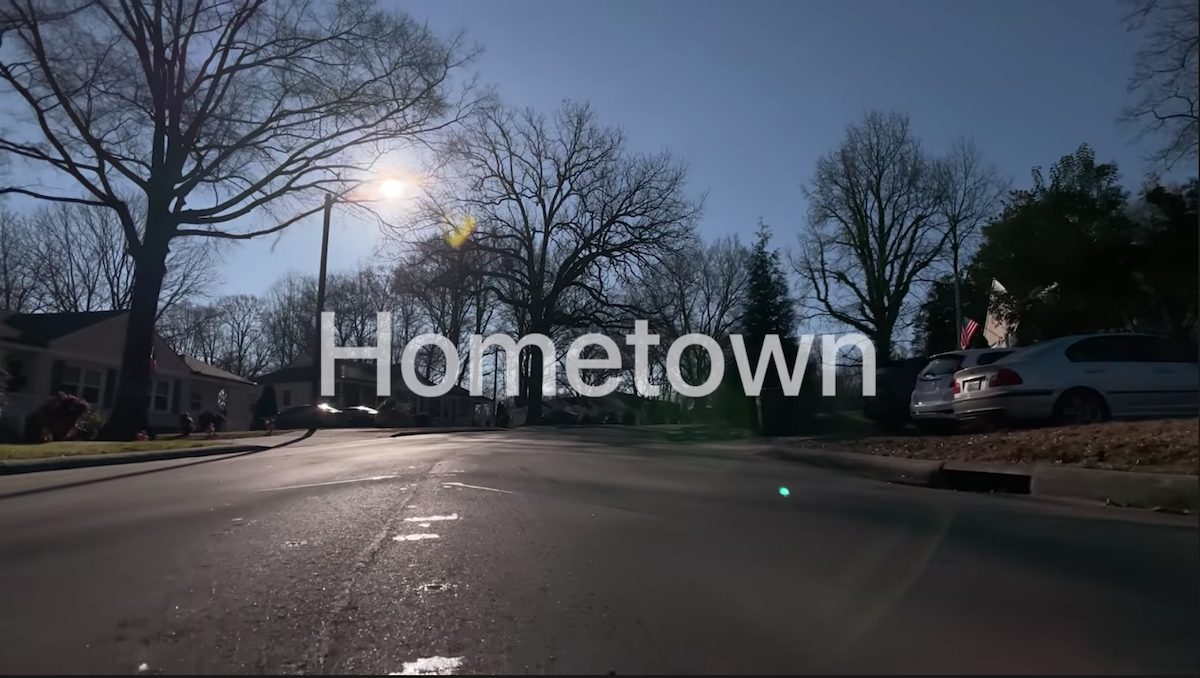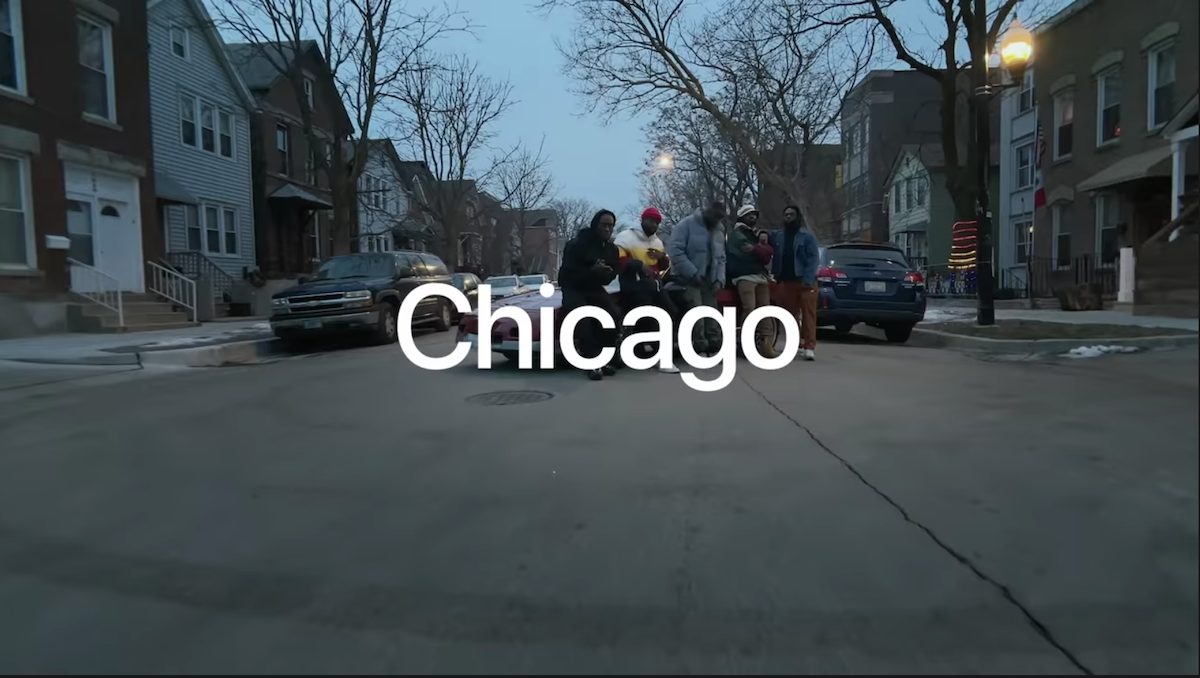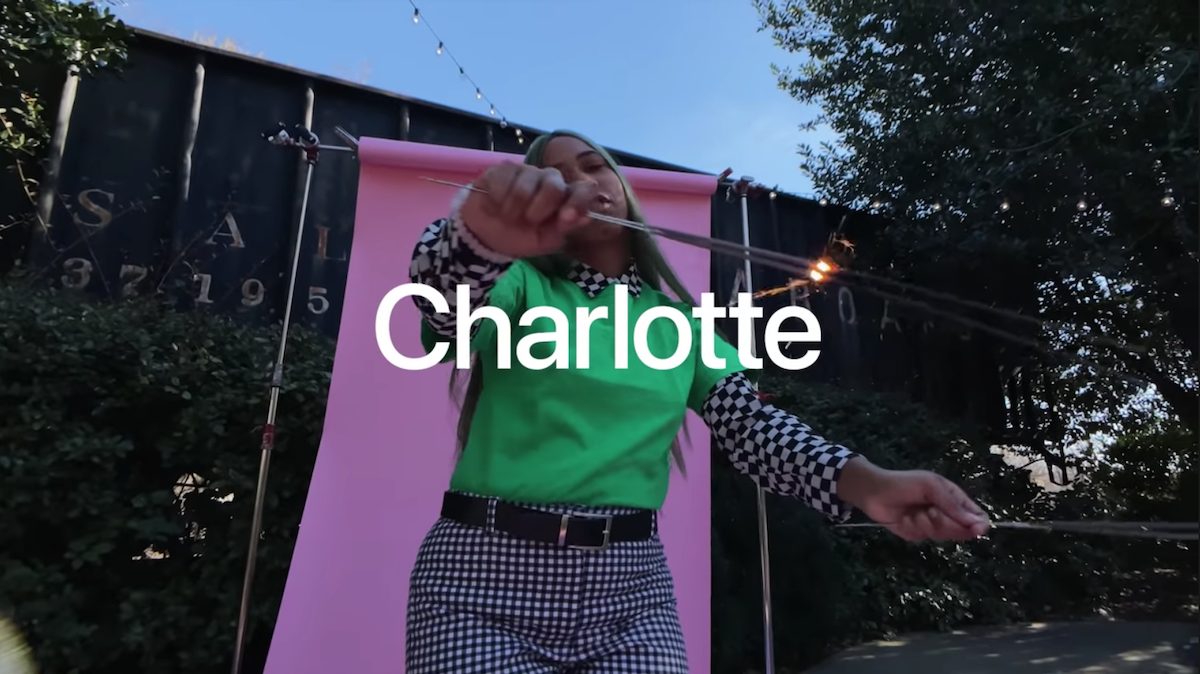Apple’s new “Hometown” shot on iPhone video highlights the work of Black American photographers while sharing their personal journeys and inspiration behind taking up photography, professionally. Directed by Philip Youmans, the video is also part 2 of Apple’s Black History Month celebration in the United States.
Shot on iPhone is the Cupertino tech giant’s social campaign that highlights camera features and the quality of various iPhone models. Currently, the company has been promoting the photography experience on the newly launched iPhone 12 and has also expanded the scope of the shot on iPhone hashtag to put the spotlight on Black photographers.
In honor of Black History Month, 32 of the country’s most visionary Black photographers show us their hometowns. Phillip Youmans, the youngest ever director to win at the Tribeca Film Festival, follows a number of our image-makers as they each celebrate the Black experience, Black excellence, love, and imagination.

New shot on iPhone video “Hometown” shares journeys of Black photographers across the United States
The 5 minutes video posted on Apple’s official YouTube channel, showcases the inspiration behind the empowering images captured by four Black photographers from four different states: Illinois, California, North Carolina, and Washington D.C.
The photographers highlighted here are a part of a renaissance of Black art. It’s happening in every town in America.
- Representing Chicago, Lawrance Agyei captures the black community having fun in their communities to debunk the image of a community festered by drugs and poverty.

- Capturing beautiful surfing photographs in Los Angeles, Gabriella Angotti-Jones recalls the time when Blacks were not allowed on the beach and the community has come a long way since then, fighting for their rights.

- In Charlotte, Lauren woods celebrates the diversity of the Black community to express every individual’s value and acceptance in society.

- Julien James from Washington, D.C. likes to capture his Black subjects in a poetic way, usually in black and white, to bring out their emotional and vulnerable side, especially telling the men that they don’t have to be tough all the time.

1 comment
Comments are closed.